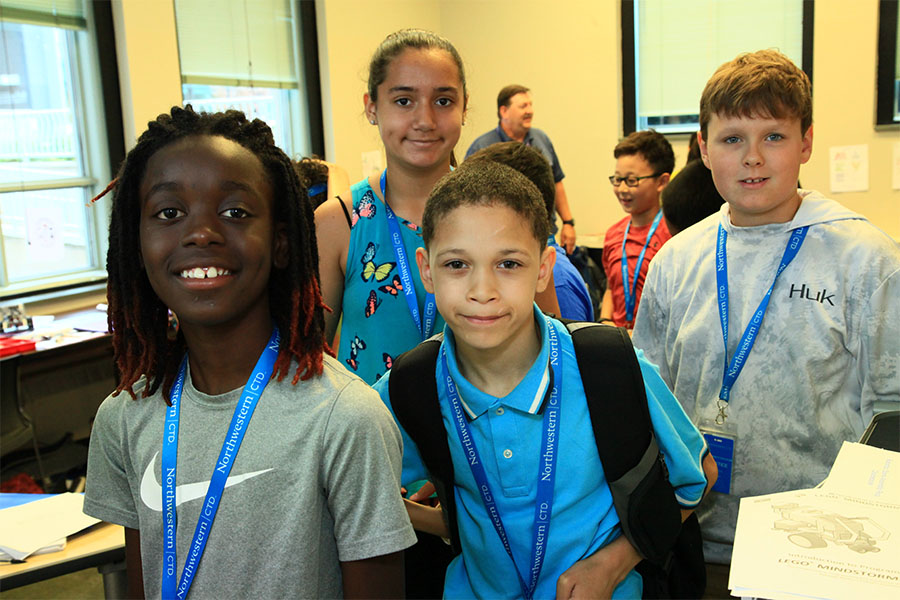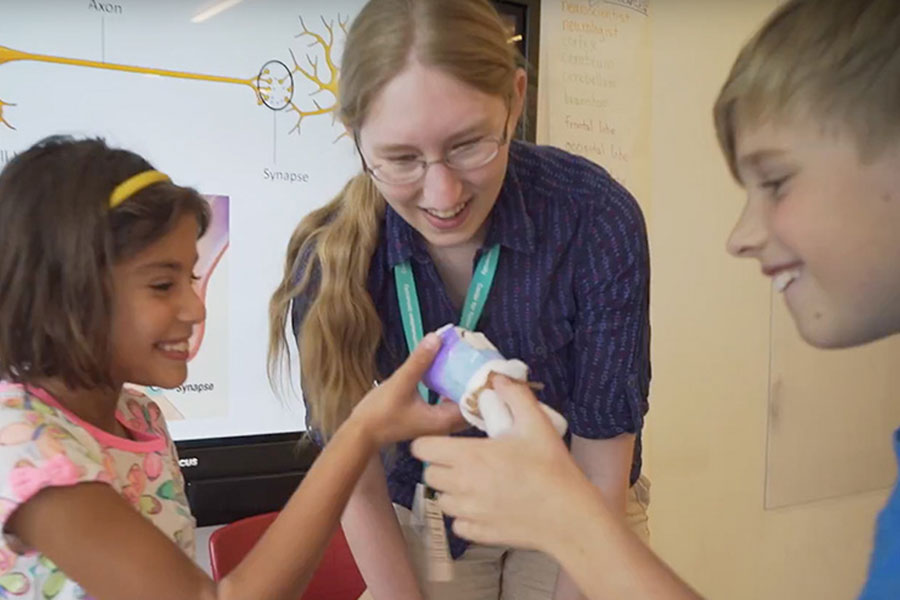Why Spatial Reasoning Skills are so Important in Early Childhood Development
by Beth Dirkes, CTD Family Education Specialist
Four and five-year-old students in a robotics course have written a class story about their Bee-Botshaving a birthday party. One of their Bee-Bots must be programmed to travel from its home in Bee-Bot Town, around Pollen Pond, over Hive Hill and to the Honey Sweet Bakery to pick up the cake before heading to the party. To get their bee friend to the party with the cake, students will use spatial cognition to chart the course. While the importance of cake at a birthday party is not in question, we might ask, why is spatial cognition or spatial-relational thinking important?
Dr. David Uttal, Northwestern Professor of Education and Psychology, has shown when children have the common features of a model (the rug representing Bee-Bot Town) and a map (the drawing students made showing the bee’s route to the party) pointed out to them, they demonstrate better map-space correspondence. Ability with maps is important and useful all on its own, but it also plays a key role in building broader spatial reasoning skills.
Visualization is another key spatial reasoning skill. It has been at the core of many significant scientific
breakthroughs. Watson, Crick, and Franklin’s model of DNA may be the most famous example. Spatial reasoning skills are put to work in many STEM fields in school and beyond. In fact, a longitudinal study confirmed students with highly developed spatial abilities show up in STEM professions in greater numbers than other students.
As in the map-space correspondence of the Bee-Bot birthday party travel route, spatial cognition, or spatial-relational thinking, relies on making comparisons. The transfer of information from one context to another through comparison, or analogy, means using less short-term memory resources. Put another way, using analogy is a highly efficient way to grasp or express a new concept, and it relies on relational thinking. Once we’ve visualized the solar system, we can appreciate the structure of an atom by analogy without the benefit of an atomic microscope.
In the case of the young students learning to program Bee-Bots, they found, through drawing out the route, the fastest way to the party uses the fewest commands for the Bee-Bot. In the language of computer science, they wrote elegant code.
In CTD online and CTD weekend programs starting in mid-January, young students have opportunities to build spatial cognition in many CTD courses, including Robots & Roadways, Body Basics: Cells & Skeletons, Intro to Coding: Stories & Sequences and Robotics & Programming with Scratch, amongst others. Visit CTD's Explore Courses tool to learn more about upcoming courses!
 As an administrator of CTD’s programs for young students, Beth Dirkes is directly involved with CTD’s innovative approaches to enrichment for young, academically talented children. As CTD’s Parent Education Specialist, she works to provide parents with the resources and connections they need to support their high ability students on their pathway to fulfilling their potential.
As an administrator of CTD’s programs for young students, Beth Dirkes is directly involved with CTD’s innovative approaches to enrichment for young, academically talented children. As CTD’s Parent Education Specialist, she works to provide parents with the resources and connections they need to support their high ability students on their pathway to fulfilling their potential.

